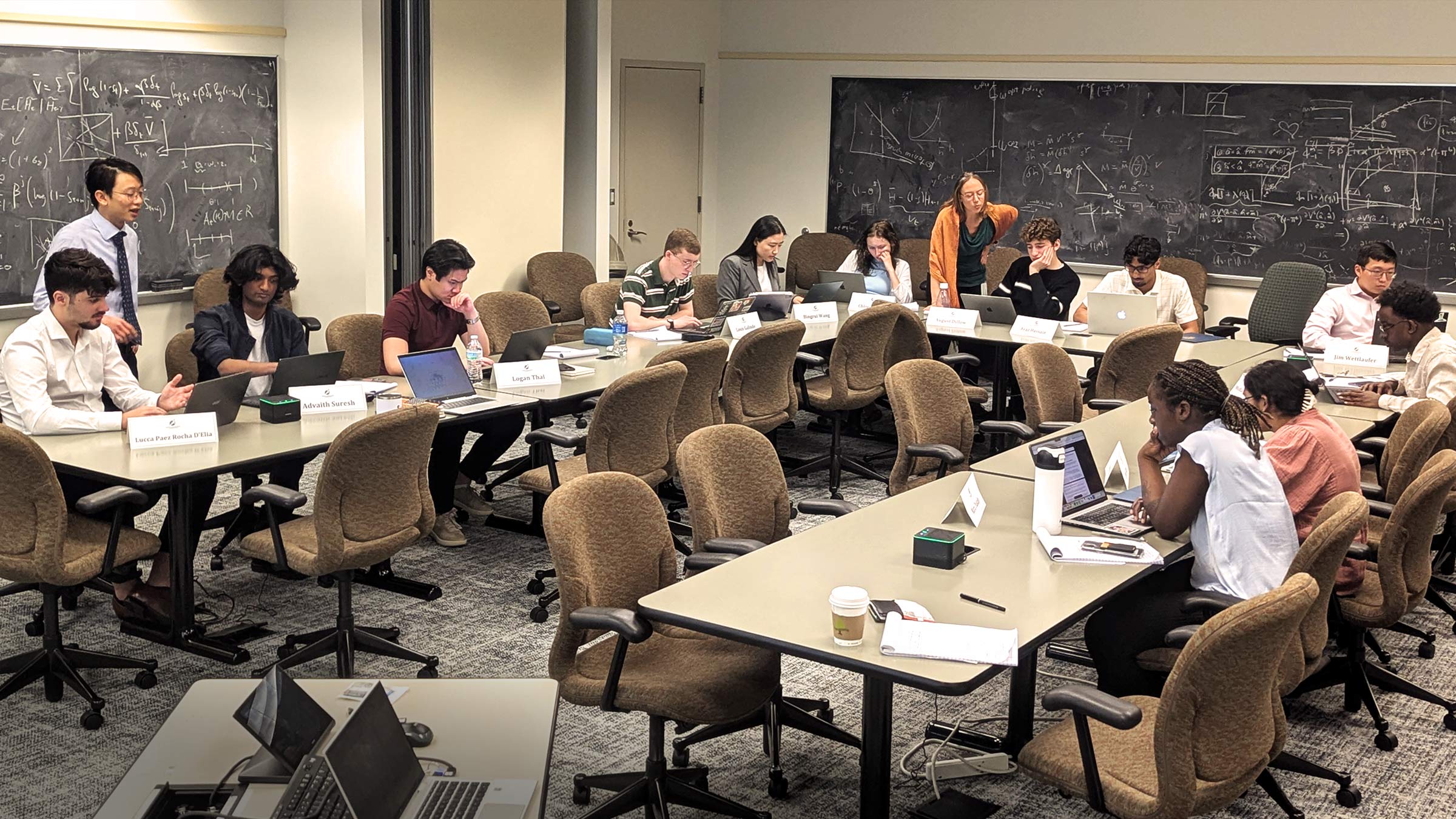Summary
Absent a satisfactory understanding of what it is—or was—that makes banks special in a functional sense, it is very difficult, with any degree of consistency, to answer questions about the separation of banking from other lines of business, the scope of banking powers, the ownership and control of banks, and banking structure more generally.
This essay seeks to shed light on these issues by stepping back from current institutional, regulatory and legal arrangements and attempting to identify the essential functions of banks.
The essay suggests that banks perform three essential functions: (1) they issue transaction accounts (i. e., they hold liabilities that are payable on demand at par and that are readily transferable to third parties); (2) they are the backup source of liquidity to all other institutions, financial and nonfinancial; and (3) they are the transmission belt for monetary policy.
On close inspection, it becomes evident that these essential functions are highly interdependent and that banks' ability to perform such functions dictates the need for a high degree of public confidence in the overall financial condition of banks—and especially the quality of banks' assets.
This dictate has been reinforced by a public safety net—deposit insurance and access to the lender of last resort—which is uniquely available to “banks.” The presence of that public safety net implies unique public responsibilities on the part of banks and would further seem to imply that if we are no longer willing or able to segregate essential banking functions into an identifiable class of institutions, then the public safety net should be made universally available to any institution that provides a banking function, or it should be eliminated altogether.
Against this background, the essay goes on to suggest a definition of a bank. The definition is deceptively simple: a bank is any institution that is eligible to issue transaction accounts. If an institution meets this definition, it would (1) be eligible for government deposit insurance; (2) have direct access to the discount window; (3) be subject to reserve requirements; and (4) have direct access to Federal Reserve payment services, particularly the wire transfer system.
Four important implications emerge from the essay's analysis of essential bank functions and the associated definition of a bank.
First, if preserving essential bank functions really does matter it follows that banks must be competitively viable.
Second, there is room for broader bank powers. The expansion of those powers must, however take place within a context that guards against excessive risk-taking by banks and insures the impartiality of the credit decision making process.
Third, once agreement has been reached on appropriate banking powers, questions about bank ownership and control become easier to answer. Certainly logic would suggest that particular powers be vested in banks only to the extent that there is a willingness to permit another institution engaging in those same activities to own banks. By the same token, nonbanking organizations would be permitted to own banks only insofar as their activities match permitted banking activities. And if they own a bank, they would become a bank holding company.
Fourth, while there is a powerful case for placing some subsidiary banking activities into affiliates of bank holding companies on the grounds of segregating capital and providing greater protection against self-dealing, the bank holding company is not a substitute for prudent management nor is it a fail-safe device for containing risk.
Complete text of “Are Banks Special?”
Comments in response to this essay or regarding similar issues can
be found in the following:
Interview with Carter H. Golembe, The Region, June 1998
Interview with E. Gerald Corrigan, The Region, November 1990
Safeguards to the U.S. Banking
System Should Not Be Dismantled,
The Region, June 1990





